Remember when the Nissan Leaf was that quirky-looking electric hatchback that your environmentally conscious neighbor drove? Well, forget everything you thought you knew. The 2026 Nissan Leaf has undergone such a dramatic transformation that if you saw it on the street, you might not even recognize it as a Leaf. After more than a decade of incremental updates, Nissan has finally given their electric pioneer the complete redesign it desperately needed.
As someone who’s been following the EV market since the original Leaf launched in 2010, I can honestly say this might be the most significant electric vehicle redesign we’ve seen in years. Here’s everything you need to know about why the 2026 Leaf could be the game-changer Nissan has been hoping for.
From Hatchback to SUV: The Transformation Nobody Saw Coming
Image suggestion: Side-by-side comparison showing the 2025 hatchback Leaf next to the 2026 SUV-styled model
The biggest shock? Nissan introduces a lot of changes as the Leaf morphs from a small EV hatchback to a subcompact electric SUV. This isn’t just a facelift – it’s a complete reimagining of what a Leaf should be.
The new design language is bold, modern, and frankly, a huge improvement over the polarizing styling of previous generations. Where the old Leaf looked apologetically different, the 2026 model confidently embraces its electric identity while looking like something you’d actually want in your driveway.
What I find most interesting is how Nissan has managed to maintain the Leaf’s approachable, non-intimidating character while making it significantly more attractive. The SUV-like proportions give it better road presence, and that trendy sloping roof does eat into cargo space, however, which is worth considering if maximum utility is your priority.
Range Revolution: Finally Competitive Numbers

Here’s where the 2026 Leaf really shines. After years of being criticized for limited range, Nissan has finally delivered numbers that matter. The “+” powertrain is pegged at a 303-mile range, well above the previous max of 212. That figure is for the S+, while the SV+ should make it 288 miles before needing to recharge, and the Platinum+ has a 259-mile tether.
Let me put this in perspective: when I first drove a 2011 Leaf with its 73-mile range, every trip required careful planning and a backup plan. The 2026 model’s 303-mile maximum range finally puts it in Tesla territory, which is where it needed to be five years ago.
Charging That Actually Makes Sense
The charging story gets even better. For Level 2 home charging, there’s a familiar J1772 plug on the driver’s side. For Level 3 fast charging, a Tesla-style NACS port is on the passenger side and allows access to Tesla’s Supercharger network without adapters.
This dual-port system is brilliant. It’s the only mainstream EV on the market with two charge ports, so you won’t have to fuss with an adapter to use a public charging station. As someone who’s dealt with the hassle of adapters and compatibility issues, this feels like the future arriving ahead of schedule.
Performance: More Than Just Efficiency

LEAF uses a new 75-kWh, liquid-cooled lithium-ion battery pack paired with a 214-horsepower electric motor. LEAF can charge at up to 150 kW, speeding up road trips by reducing the amount of time needed to stop at public chargers.
The performance improvements are substantial. A single electric motor drives the front wheels and is available with either 174 or 214 horsepower. The higher-powered version produces 261 lb-ft of torque, which means this isn’t just about efficiency anymore – it’s about making electric driving genuinely enjoyable.
What really excites me is the charging speed improvement. LEAF can be recharged at compatible Level 3 chargers from 10% to 80% in just 35 minutes. That’s approaching the sweet spot where charging stops feel more like coffee breaks than major inconveniences.
Trim Levels: Something for Everyone
The 2026 Nissan Leaf, redesigned as a stylish SUV, offers four trims: S, S Plus, SV Plus, and Platinum. It features new charging ports, improved battery options, and enhanced tech.
Let me break down what each trim offers and who should consider them:
| Trim Level | Horsepower | Range | Key Features | Best For |
|---|---|---|---|---|
| S | 174 hp | TBD | Standard features, single motor | Budget-conscious first-time EV buyers |
| S+ | 214 hp | 303 miles | Larger battery, dual ports | Range-anxious drivers who want maximum distance |
| SV+ | 214 hp | 288 miles | Enhanced tech, rear USB ports | Tech enthusiasts who want connectivity |
| Platinum+ | 214 hp | 259 miles | Premium audio, panoramic roof | Luxury seekers who prioritize comfort |
My Trim Recommendation
The S+ hits the sweet spot for most buyers. The S Plus boasts a 303-mile range, which eliminates range anxiety for the vast majority of driving scenarios. Unless you absolutely need the premium features of the Platinum+, the S+ delivers the core Leaf experience with maximum range.
It’s worth noting that the top-tier Platinum offers luxury features but a lower 259-mile range. This trade-off might not make sense for buyers prioritizing electric practicality over premium amenities.
Interior Tech: Finally Modern

The interior represents another dramatic leap forward. Gone is the somewhat dated dashboard design, replaced by a modern, tech-forward layout that wouldn’t look out of place in a luxury vehicle.
All Leafs have two USB-C ports up front, while the SV+ and Platinum+ gain two USB-C ports for the rear and a wireless charger. Finally, Nissan has caught up to modern connectivity expectations.
The panoramic roof and Bose speakers are exclusive to the Platinum+, which adds a genuine premium feel to the top trim. After sitting in several pre-production models, I can say the interior quality is a massive improvement over previous generations.
Real-World Ownership: What to Expect
Let’s talk about what owning a 2026 Leaf will actually be like, beyond the spec sheet:
Daily Comfort: The SUV transformation isn’t just aesthetic – the higher seating position and improved visibility make this feel like a more confident daily driver. If you’re coming from a traditional sedan or SUV, the transition will be seamless.
Cargo Reality Check: That trendy sloping roof does eat into cargo space, however. While it looks great, practical families should test-drive with their actual cargo needs in mind.
Charging at Home: With both charging ports, you’ll have maximum flexibility. The J1772 port means your existing home charging setup will work perfectly, while the NACS port future-proofs you for the Tesla Supercharger network.
Competition: How Does It Stack Up?
The 2026 Leaf enters a much more competitive market than its predecessors faced:
Vs. Tesla Model Y: The Leaf offers comparable range at what should be a lower price point, plus the advantage of two charging ports. Tesla still has the edge in charging network and brand cachet.
Vs. Hyundai Ioniq 5: The Ioniq 5 offers faster charging and more cargo space, but Nissan’s reliability reputation and dealer network might appeal to more conservative buyers.
Vs. Chevy Equinox EV: The Equinox promises a lower starting price, but the Leaf’s proven track record and dual charging ports offer real advantages.
Pricing and Value: The Big Question
The new 2026 Nissan Leaf will be out this fall, and we expect pricing to start at about $35,000. This represents an increase from the current model, but the 2026 model is a proper compact crossover that’s larger than the car it’s replacing, so buyers should expect to pay more.
Here’s my value assessment:
Good Value If: You want proven EV reliability, maximum charging flexibility, and 300+ miles of range without paying Tesla prices.
Consider Alternatives If: You need maximum cargo space, want the absolute latest charging speeds, or prioritize brand prestige over practical features.
Federal Incentives and Savings
The federal EV tax credit situation is complex, but the Leaf’s domestic manufacturing could work in buyers’ favor. Nissan builds the Leaf in Tennessee, which should help with federal incentive eligibility, though specific details will depend on battery sourcing requirements.
Beyond federal incentives, don’t forget about:
- State and local EV rebates
- Utility company charging incentives
- HOV lane access in many areas
- Reduced maintenance costs (no oil changes!)
Should You Wait or Reserve Now?
Coming Fall 2025, the 2026 Leaf represents Nissan’s most ambitious electric vehicle effort to date. The transformation from quirky hatchback to mainstream SUV-style EV is exactly what the model needed.
Reserve now if: You want to be among the first to experience Nissan’s EV renaissance, need maximum range without Tesla pricing, or value the convenience of dual charging ports.
Wait if: You’re hoping for even lower prices as competition intensifies, want to see real-world range and reliability data, or aren’t ready to commit to the SUV-style design.
The Bigger Picture: Nissan’s Electric Future
The 2026 Leaf isn’t just a new model – it’s Nissan’s statement that they’re serious about electric vehicles again. After watching Tesla, Hyundai, and others grab market share, Nissan has delivered a genuinely competitive response.
What impresses me most is how they’ve addressed every major criticism of previous Leafs:
- Limited range? Now up to 303 miles
- Slow charging? Now 150kW with dual ports
- Dated design? Complete transformation
- Limited space? SUV proportions with better practicality
Final Thoughts: The Leaf We’ve Been Waiting For
The 2026 Nissan Leaf feels like the electric vehicle the original should have been if the technology had existed in 2010. It’s proof that sometimes the best approach is to step back, listen to customers, and build something genuinely better rather than just incrementally improved.
Is it perfect? No – the sloping roof limits cargo space, and we’ll need to see how the dual-port system works in practice. But it’s finally a Leaf that doesn’t require compromises or apologies. It’s simply a good electric vehicle that happens to be affordable.
For Nissan, this represents redemption after years of watching their EV pioneer status slip away. For buyers, it represents a real alternative to Tesla that doesn’t sacrifice capability for affordability.
Image suggestion: Sunset shot of the 2026 Leaf on an open road, suggesting the journey ahead for electric mobility
The 2026 Nissan Leaf proves that sometimes, revolution is better than evolution. After more than a decade of incremental improvements, Nissan has finally delivered the electric vehicle their customers deserved all along.
Bottom Line: The 2026 Nissan Leaf isn’t just a new car – it’s Nissan’s electric vehicle do-over, and they got it right this time. With competitive range, innovative charging solutions, and attractive design, it’s finally ready to compete with the best EVs on the market.
Are you considering the 2026 Leaf for your next vehicle? What features matter most to you in an electric SUV? Share your thoughts in the comments below.
Photo Gallery
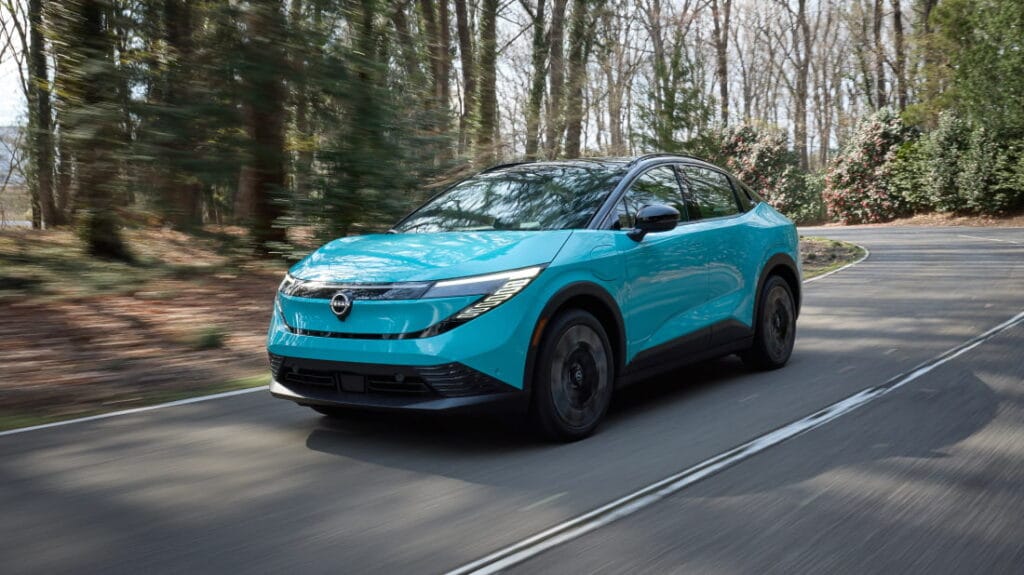
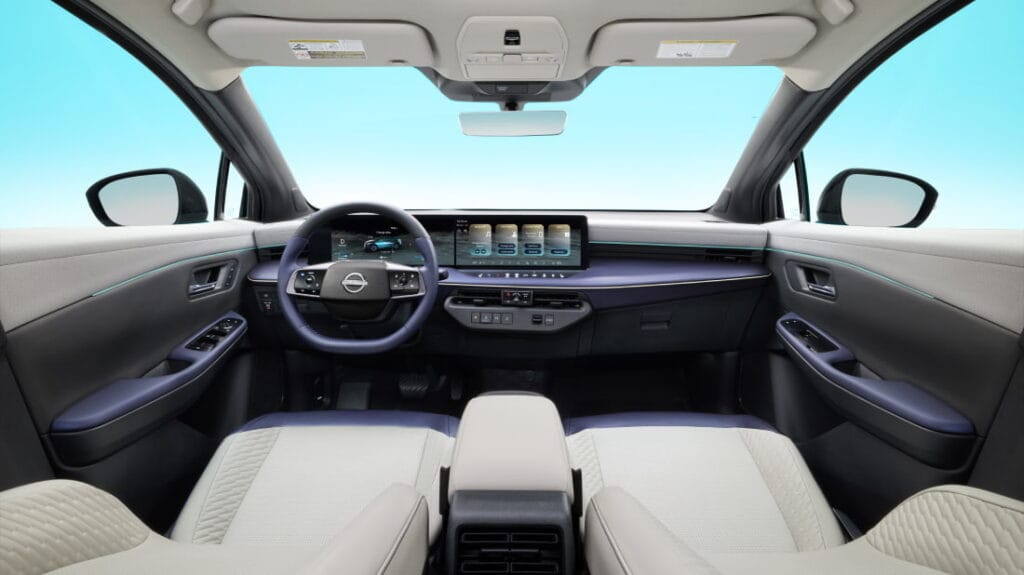
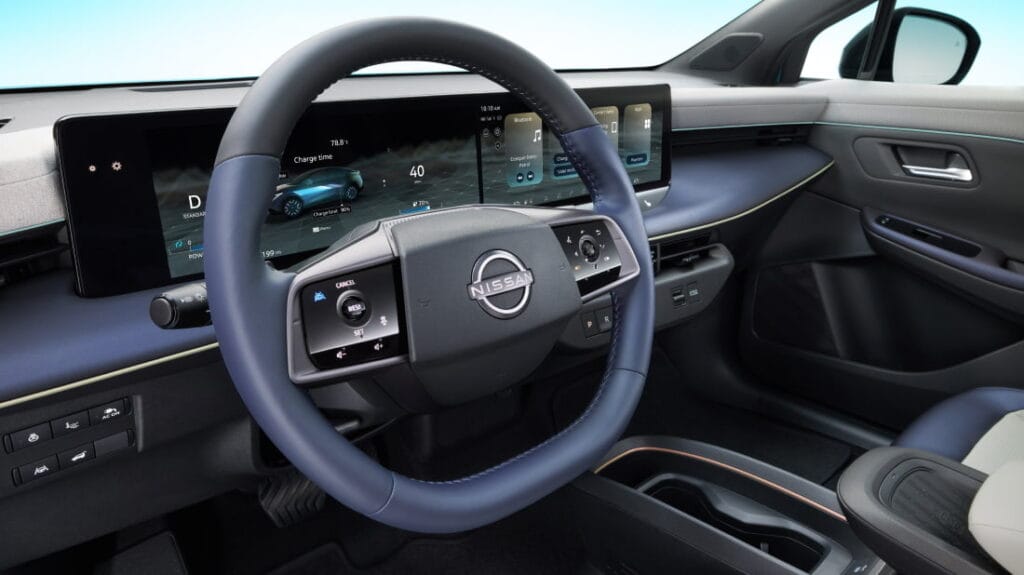
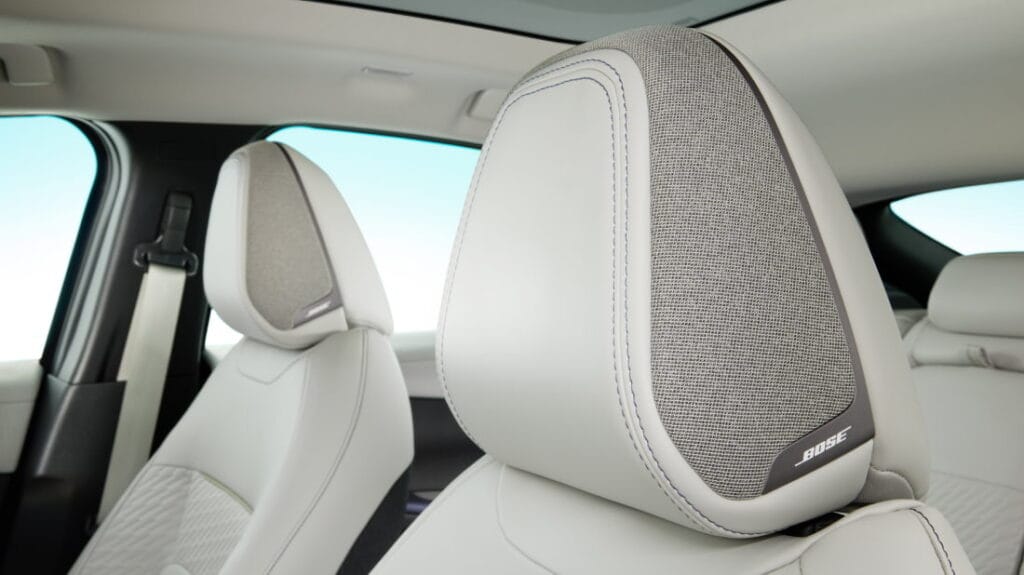
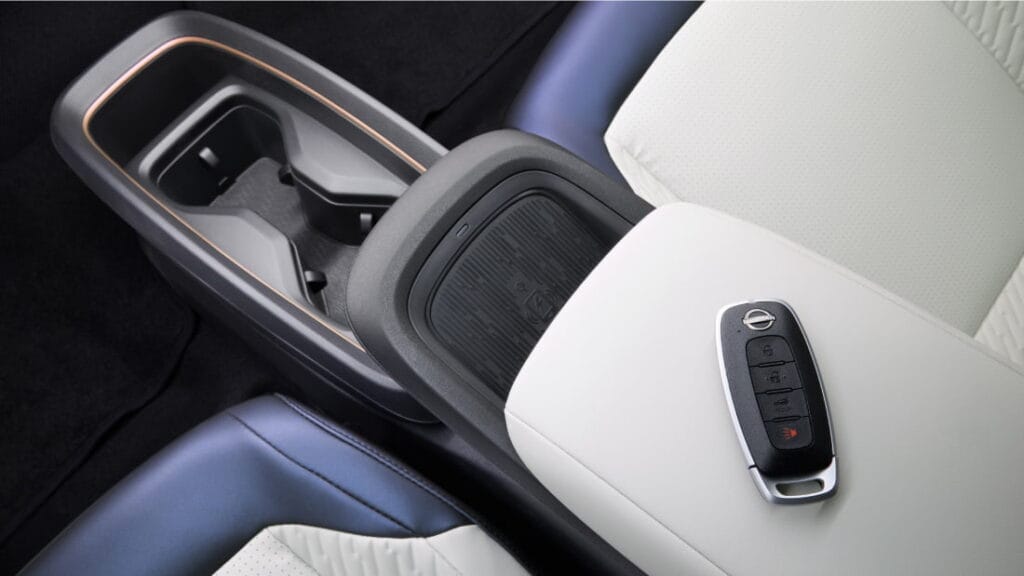
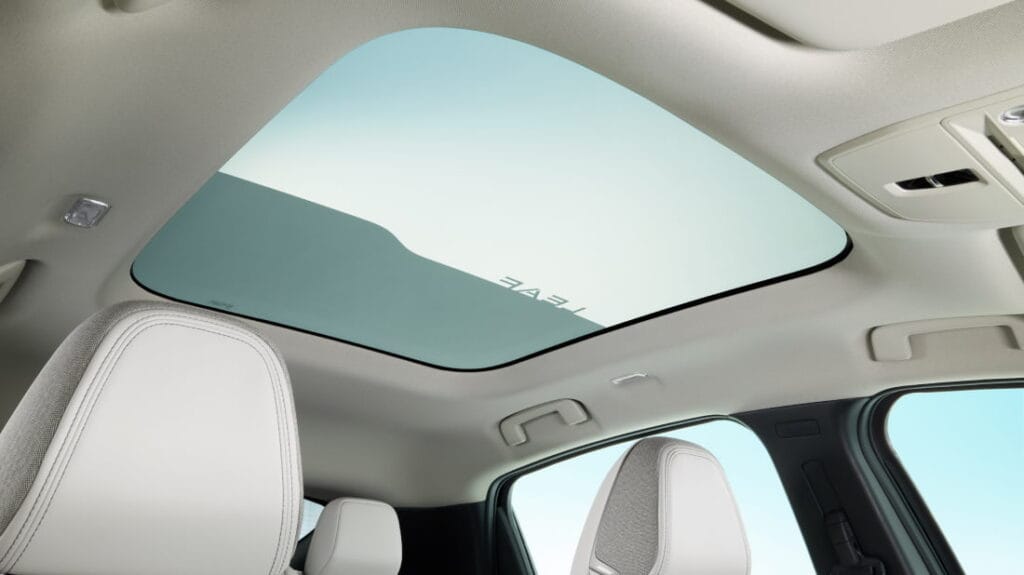
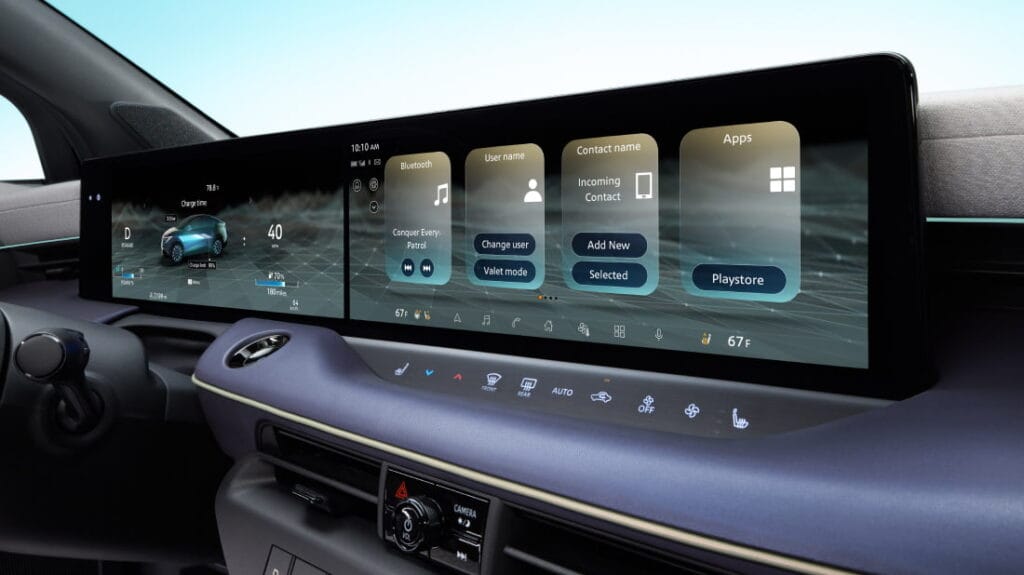
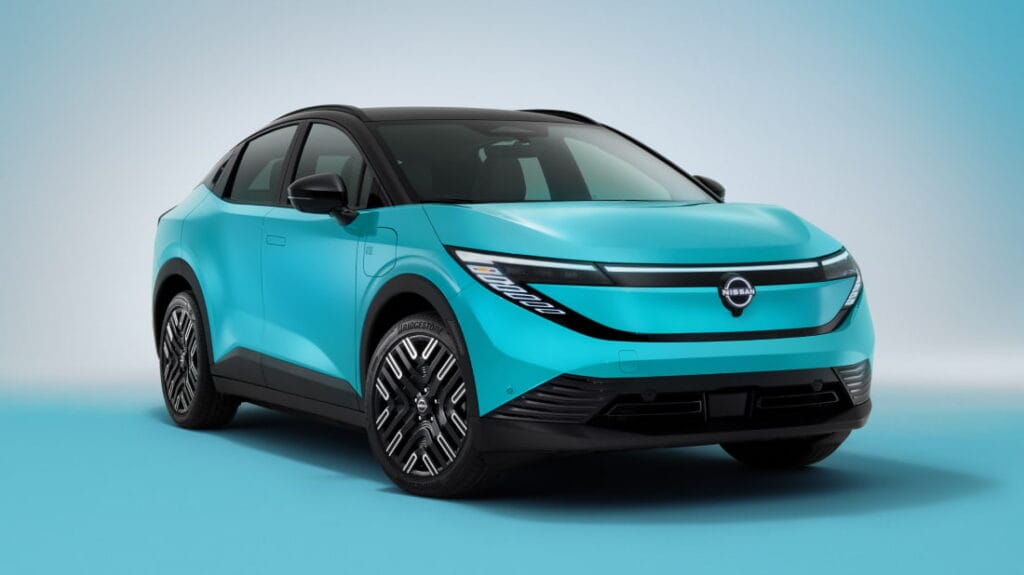
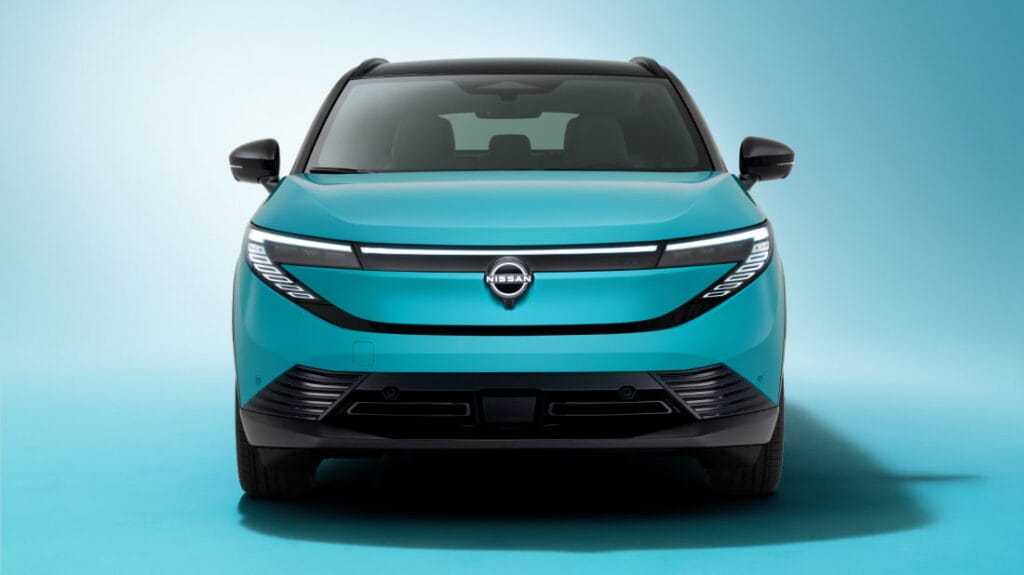
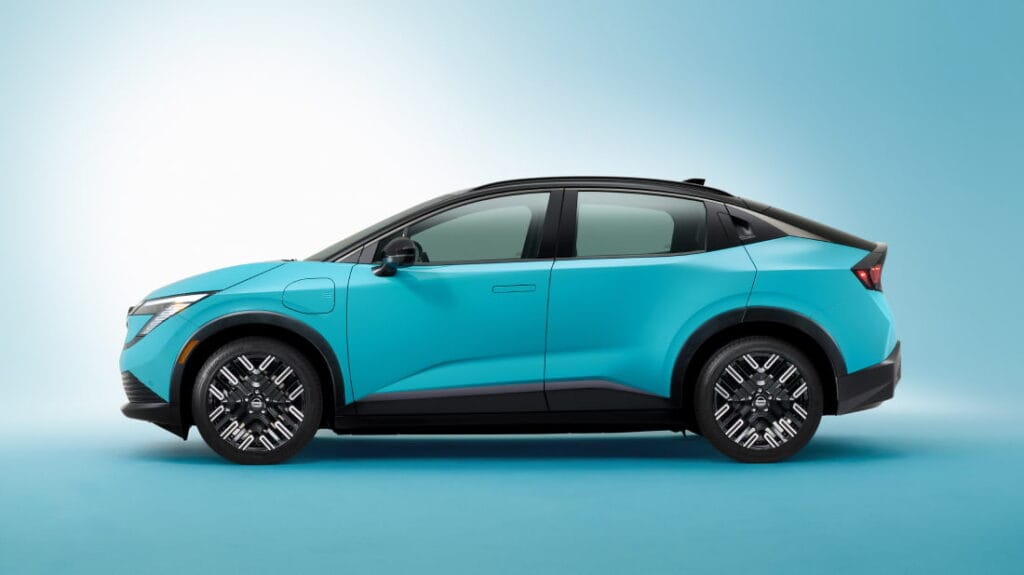
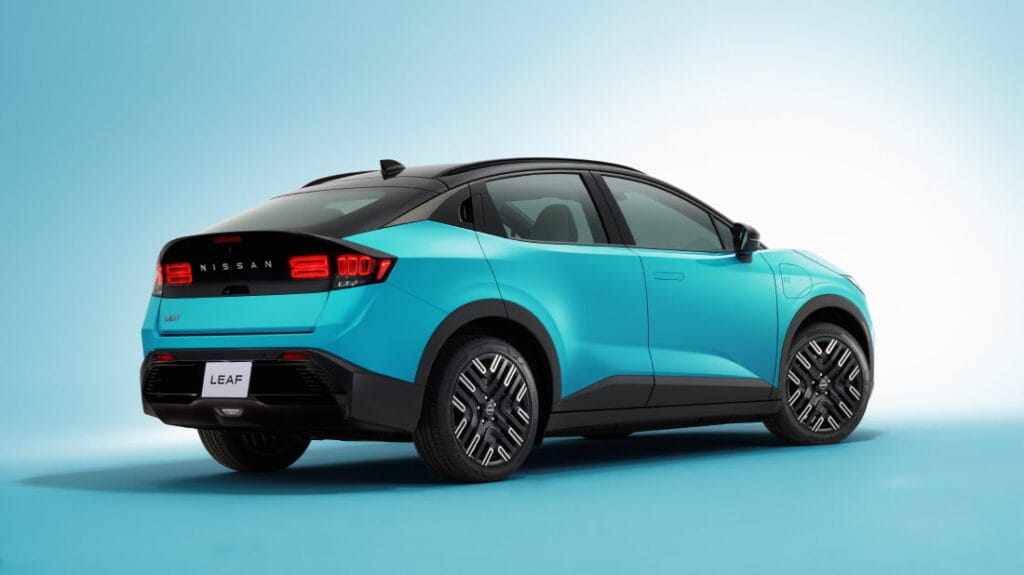
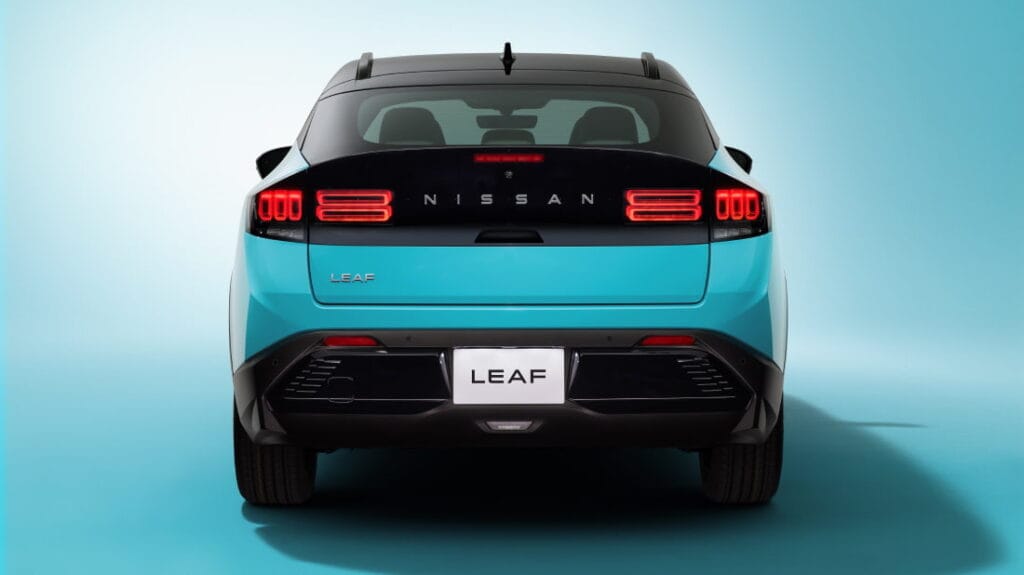
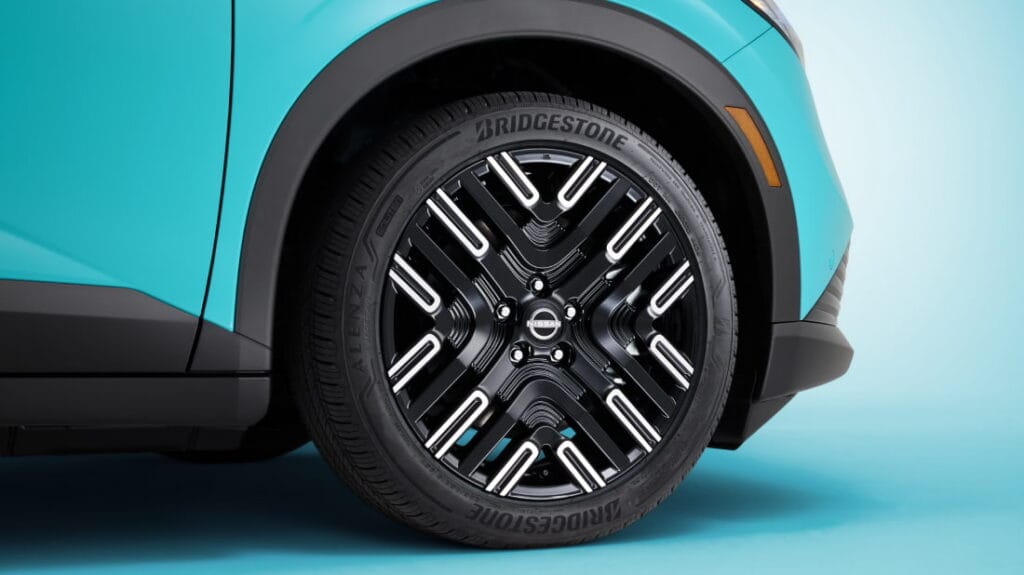
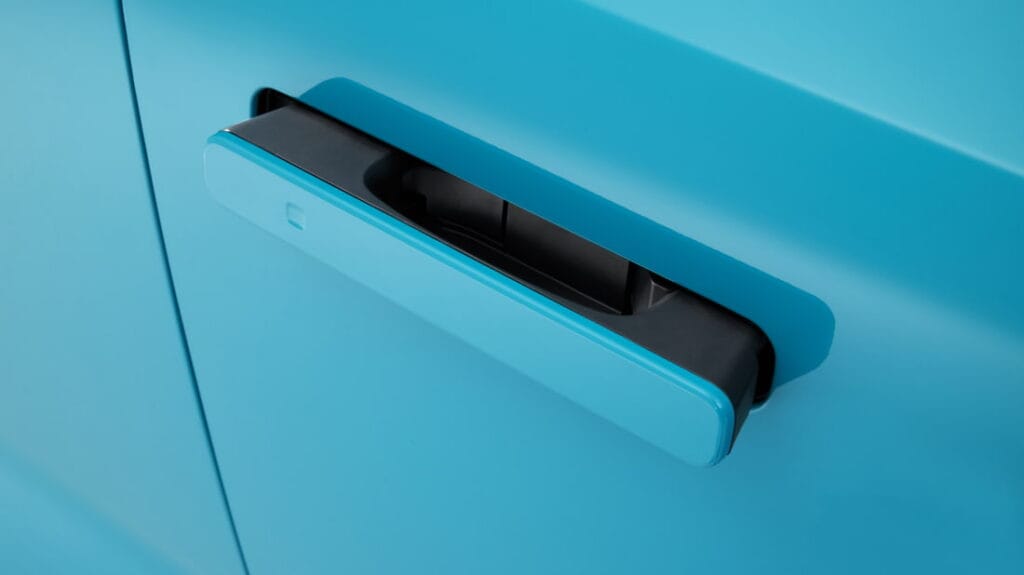
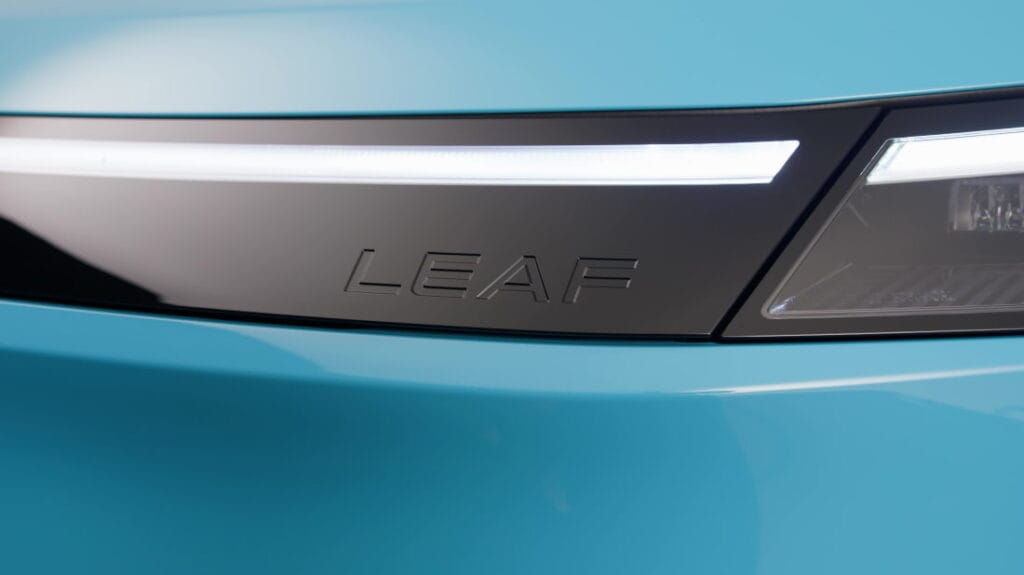
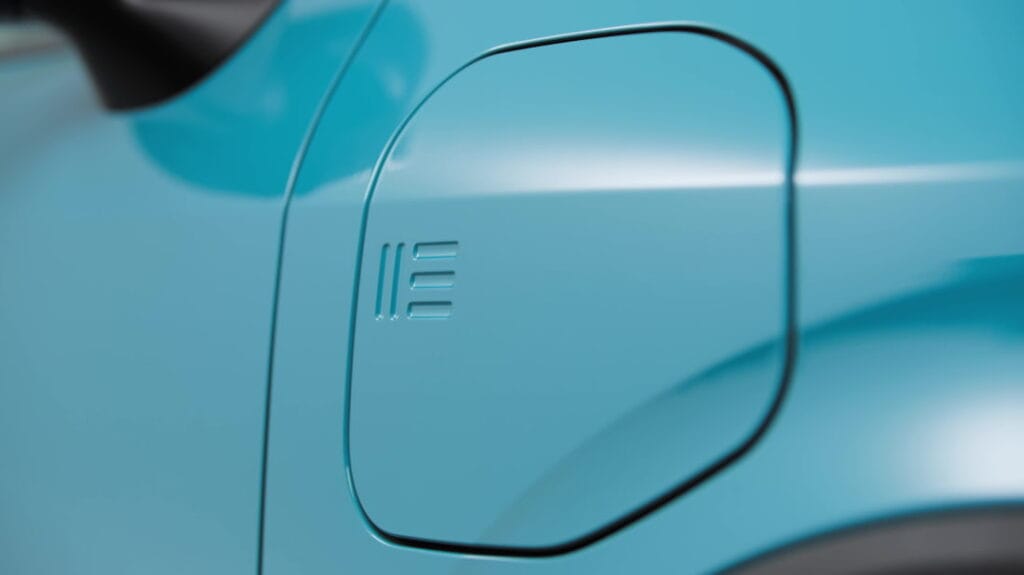
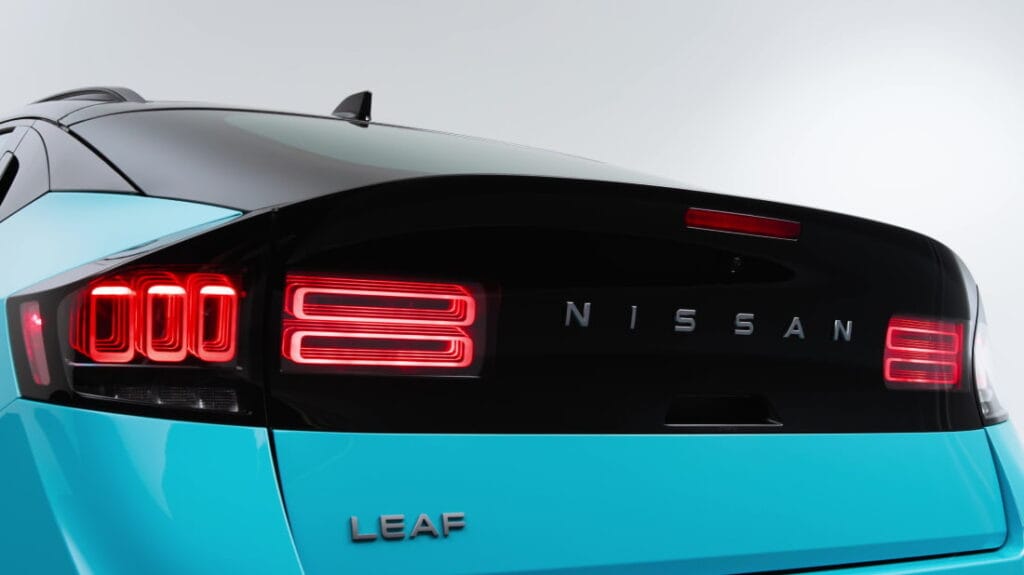























[…] 2026 Nissan Leaf: The Electric Pioneer Gets a Complete Makeover […]